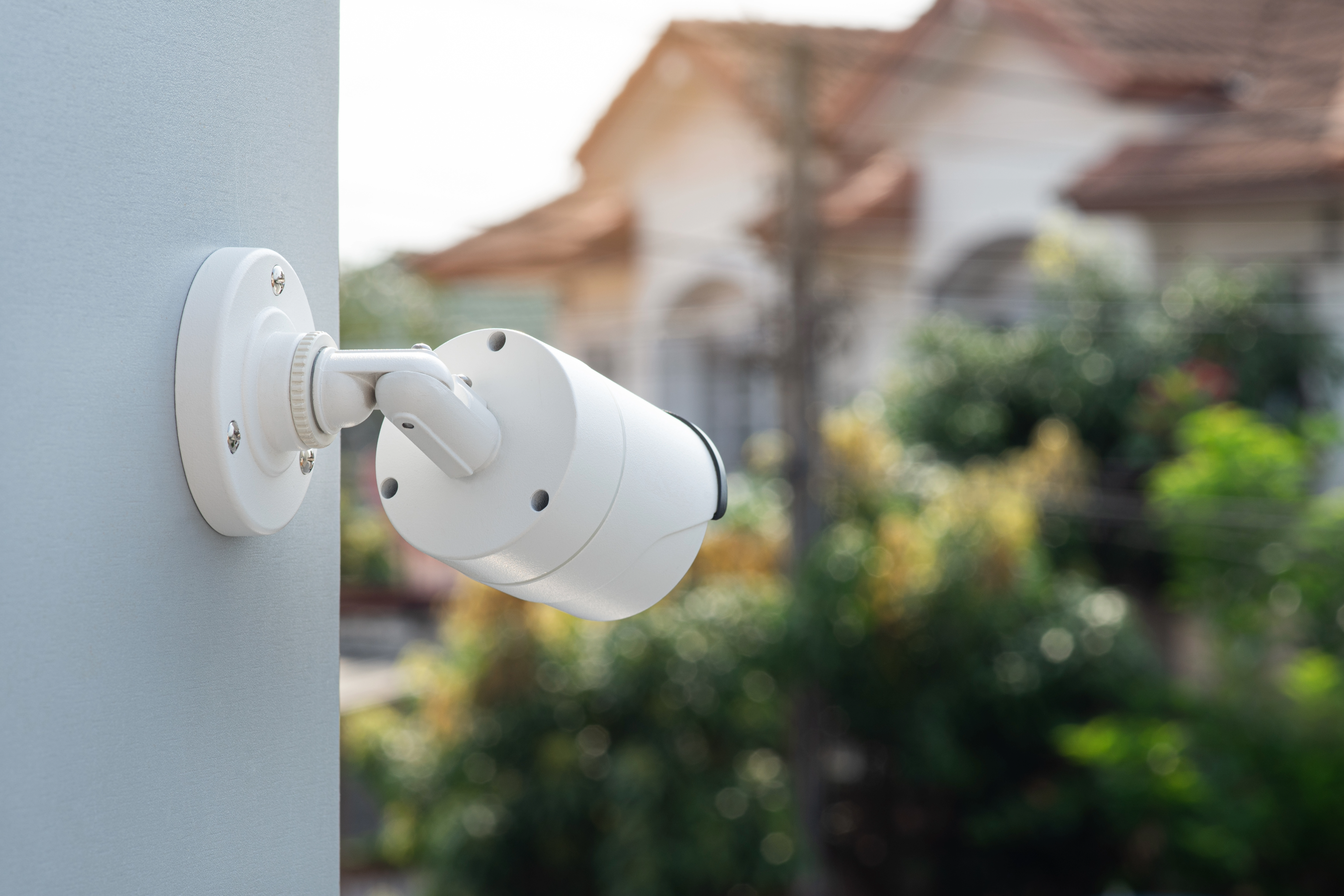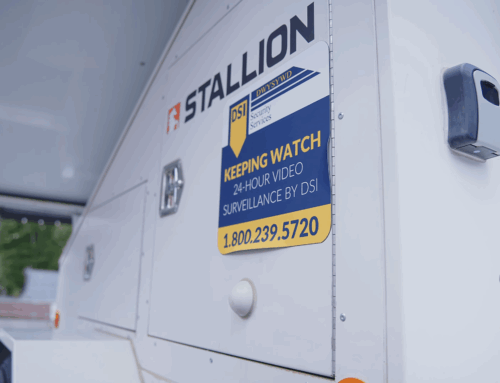By: Kent Calhoun, VP of Technology Solutions
Homeowners Associations (HOAs) play a crucial role in maintaining the safety and security of residential communities. With technological advancements, it’s now possible to enhance security measures while minimizing disruption to residents. In this blog post, we’ll explore how implementing an effective cloud-based visitor management strategy and virtual gate operations can increase safety and security in HOAs with wireless locks.
The Need for Enhanced Security in HOAs
HOAs are responsible for ensuring the safety and security of their communities. Traditionally, this has meant relying on physical keys and access control systems. However, these traditional methods have several limitations, including the risk of lost or duplicated keys and the inconvenience of replacing locks when a resident moves out.
The Wireless Lock Revolution
Wireless locks represent a modern solution to key control. These smart locks can be managed remotely through a cloud-based platform, providing HOAs with a level of control and flexibility previously unimaginable. Here’s how they work:
- Keyless Entry: Wireless locks allow residents and authorized personnel to use smartphones or keycards to enter the community or their units. This eliminates the need for physical keys, reducing the risk of unauthorized access.
- Remote Management: HOA administrators can remotely grant or revoke access permissions for residents, guests, or service providers. This can be done in real-time, enhancing security.
- Access Logs: The system records all access activities, providing a detailed log of who enters, exits, and when. This data is invaluable for security and accountability.
Cloud-Based Visitor Management
HOAs can integrate wireless locks with a cloud-based visitor management system to maximize security and minimize disruption. This system offers several benefits:
- Streamlined Guest Access: Residents can pre-register guests through a mobile app, reducing visitors’ time at the gate and enhancing the overall experience.
- Temporary Access Codes: Residents can generate temporary access codes for unexpectedly arriving guests. These codes can be time-limited, ensuring security.
- Notification Systems: The cloud-based system can notify residents when guests arrive, smoother the check-in process.
Virtual Gate Operations
Virtual gate operations, managed by security personnel off-site, can complement wireless locks and cloud-based visitor management. These professionals can:
- Monitor Access: Trained operators can verify the identity of visitors remotely, ensuring only authorized individuals gain access to the community.
- Emergency Response: Virtual gate operators can quickly respond and help in an emergency, further enhancing safety.
- Cost-Efficiency: Virtual gate operations can be more cost-effective than on-site security personnel, allowing HOAs to invest in other security enhancements.
License Plate Recognition
License plate recognition (LPR) services for homeowners’ associations (HOA) can enhance security and automate access control for the community. How it works:
- LPR Camera System: The foundation of an LPR service is a network of specialized cameras that capture images of vehicles and their license plates. These cameras should be strategically placed at the entry and exit points of the community, as well as possibly within the community, for added security.
- Access Control: When an authorized vehicle approaches the gate or entry point, the LPR system can automatically open the gate or trigger other access control mechanisms, such as notifying a security guard. In the case of a restricted or unknown plate, an alert can be generated.
- Visitor Management: For visitors or temporary access, the HOA can provide a system for residents to pre-register guests’ plates or issue temporary access codes that can be associated with specific plates. These codes could be time-limited, expiring after a guest’s visit.
- Alerts and Notifications: The system can send real-time alerts to security personnel or residents when a plate of interest is detected, such as a restricted vehicle, a known troublemaker, or a stolen vehicle.
- Legal and Ethical Considerations: Ensure LPR technology complies with local, state, and federal laws and regulations. This may include considering issues related to privacy and data retention.
- Community Education: HOA residents should be informed about the use of LPR technology in the community, the reasons for its implementation, and the measures taken to protect their privacy.
Minimal Disruption to Residents
Implementing these technologies may seem daunting, but the transition can be surprisingly smooth. Residents can be educated about the new system’s benefits, and training can be provided to ensure everyone can use it effectively.
In conclusion, wireless locks, cloud-based visitor management, and virtual gate operations are powerful tools for HOAs to increase safety and security with minimal disruption. By embracing these innovations, HOAs can enhance security, streamline access control, and create a more comfortable living environment for their residents. As technology continues to evolve, the possibilities for HOA security are only set to expand further.







